Issues With Rhododendrons: Dealing With Rhododendron Insect Problems And Diseases
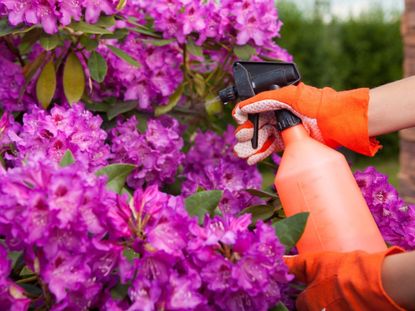
Rhododendron bushes are similar to azaleas and members of the genus Rhododendron. Rhododendrons bloom in late spring and provide a burst of color before summer flowers set in. They vary in height and shape, but all produce a plethora of blooms that are perfect for shady, acid-rich areas in the garden. Issues with rhododendrons are rare as they are relatively low maintenance plants. Rhododendron pests and disease harm plants that are stressed due to environmental conditions or injury. Common problems of rhododendron bushes can be avoided by providing the best growing environment possible and maintaining a consistent pruning, mulching, and fertilizing program. Plant your rhododendron in a shady area that drains well has a pH of 4.5 to 6.0 and provide fertilizer several times during the spring and summer to encourage growth. Mulch to retain moisture and provide protection.
Rhododendron Insect Problems
Of the few rhododendron insect problems that exist, most can be handled first through prevention or subsequent treatment with neem oil. Here are some common pests affecting this shrub:
- Spider mites - Spider mites feed off of bud and leaf sap, leaving leaves yellow or bronzed.
- Lace bugs - If the upper sides of leaves are speckled green and yellow, then lace bugs may be at work. The tiny lace bug does most of its damage in the spring and summer and tends to be most problematic on rhododendrons that have been planted in sunny locations. The young insects feed on sap and leave small drops of black excrement in their path.
- Weevils - The adult black vine weevil is a night-feeding insect that is about 1/5 to 2/5 inches (5-10 mm.) in length. It is most prevalent from May through September. The weevil feeds on leaves creating a C-shaped notch around the leaf margin. Although the damage is not attractive, it presents no serious risk to the bush.
Before treating your rhododendron for pests, be sure that you have a professional identify your problem and assist you with a treatment plan. Check with your local Cooperative Extension Office for assistance.
Diseases of Rhododendrons
Few diseases of rhododendrons are also prevalent. These include:
- Chlorosis - Chlorosis, an iron deficiency, is common in rhododendrons and causes leaves to turn from a rich dark green to a light green or even yellow. New leaves may even emerge completely yellow. Chlorosis becomes a problem when the soil pH is 7.0 or higher. Amending the soil with sulfur and providing an iron fertilizer will help correct the problem.
- Fungal dieback - Many different fungi cause a disease known as dieback. Leaves and the terminal portion of branches wilt and eventually die back. Soil that is infected, heavy rain, and splashing water will spread fungi that enter the bush through weak areas. Cut off all infected areas and destroy them. Spray copper sulfate fungicide after blooming and repeat at least two more times in two week intervals.
- Winter burn - Rhododendrons that are exposed to a very dry winter can experience winter burn. Leaves curl up to protect moisture loss and will eventually die. Protect rhododendrons from winter burn by planting in a protected area and mulching heavily. Be sure to water your plants consistently before winter.
Gardening tips, videos, info and more delivered right to your inbox!
Sign up for the Gardening Know How newsletter today and receive a free download of our DIY eBook "Bring Your Garden Indoors: 13 DIY Projects For Fall And Winter".
-
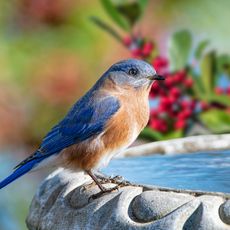 Gifts For Bird Lovers, Birders and Birdies To Attract More Feathered Friends To Your Yard!
Gifts For Bird Lovers, Birders and Birdies To Attract More Feathered Friends To Your Yard!If you’re looking to bring more birdies to your garden, these gifts for bird lovers should definitely be on your wish list. Grab some avian attractions to get your gardens all aflutter
By Janey Goulding
-
 Elegant Exotics: 8 Beautiful Amaryllis Varieties That Will Brighten Any Holiday Display
Elegant Exotics: 8 Beautiful Amaryllis Varieties That Will Brighten Any Holiday DisplayWhether red, pink, white or variegated, the right amaryllis varieties can enhance any living space, especially during the holidays. We round up eight of the most exquisite
By Bonnie L. Grant
-
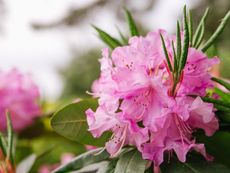 How Curling Leaves On Rhododendrons Act Like A Thermometer
How Curling Leaves On Rhododendrons Act Like A ThermometerRhododendron leaves curling and drooping in winter? Read about thermotropic leaf movements.
By Teo Spengler
-
 What Is Lapland Rhododendron
What Is Lapland RhododendronWhat is a Lapland rhododendron? More difficult to grow than a garden rhody, this creeping groundcover is a prized wild specimen. Click for more.
By Tonya Barnett
-
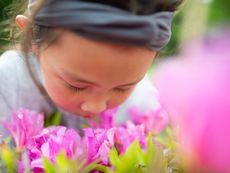 Fragrant Rhododendron And Azalea Varieties
Fragrant Rhododendron And Azalea VarietiesMany rhododendrons and azaleas are exceptionally fragrant. Here are five of our favorite scented azalea and rhododendron varieties.
By Tonya Barnett
-
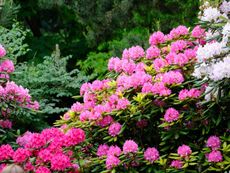 Pink Rhododendron Varieties: Picking The Perfect Pink Rhododendron
Pink Rhododendron Varieties: Picking The Perfect Pink RhododendronThere are more than 1,000 species of rhododendron, so if pink is your favorite, there are plenty to choose from. Click to learn about pink rhododendrons.
By Mary Ellen Ellis
-
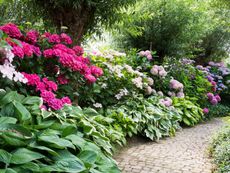 Companions For Azaleas And Rhododendrons: What To Plant With Rhododendron Bushes
Companions For Azaleas And Rhododendrons: What To Plant With Rhododendron BushesRhododendrons and azaleas make beautiful landscape plants but require specific growing conditions. Learn what to plant with azaleas and rhododendrons here.
By Laura Miller
-
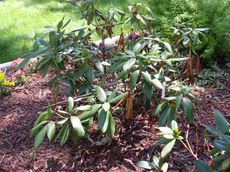 Burnt Rhododendron Leaves: Environmental Leaf Scorch On Rhododendrons
Burnt Rhododendron Leaves: Environmental Leaf Scorch On RhododendronsBurnt rhododendron leaves are most likely due to unfavorable environmental and weather conditions. Learn more about environmental leaf scorch here.
By Mary Ellen Ellis
-
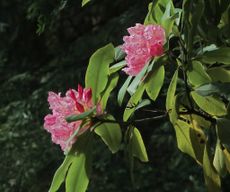 Pacific Rhododendron Care – How To Grow A Pacific Rhododendron
Pacific Rhododendron Care – How To Grow A Pacific RhododendronUsing Pacific rhododendron plants as part of natural landscaping provides eye-popping blooms combined with ease of care. These wild plants are very adaptable and versatile. Click here for tips on how to grow a Pacific rhododendron in your garden.
By Bonnie L. Grant
-
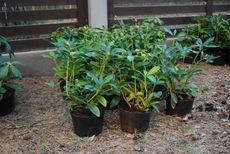 Rhododendron Container Care: Growing Rhododendrons In Containers
Rhododendron Container Care: Growing Rhododendrons In ContainersWhile usually grown as shrubs, rhododendrons can get very big. They can also go the other direction and be grown as small, manageable plants in containers. Learn more about how to care for rhododendrons in pots in this article.
By Liz Baessler